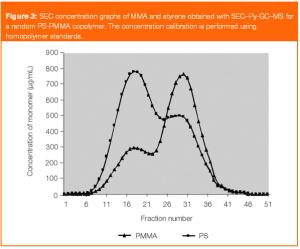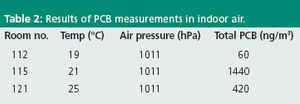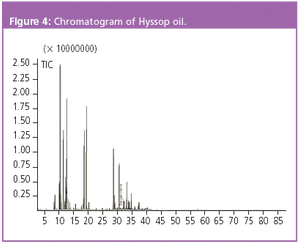Articles by Margit Geissler

The analysis of tea tree oil requires a severe quality control due to its potential to induce and elicit skin allergies. Tea tree oil is an essential oil and consists of a large number of constituents. Heart-cut Multidimensional GC–MS is very well suited to analysis of samples of such high complexity.
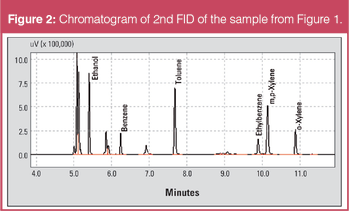
The determination of BTEX in gasoline is usually performed in accordance with the standard test method ASTM D3606 using gas chromatography. However, particularly in the presence of ethanol, co-elutions are observed in one-dimensional chromatography. In this application note a method is described applying multidimensional GC to overcome the separation problem.

SPME-GC–MS with on-column injection can be successfully employed for flavour profiling of food samples. The on-column injector of the GC-2010 can be used for SPME without any modifications, only an external ring adapter was used to facilitate the injection. The data can be compared with sensorial data of food.

Contamination of public buildings with PCBs used as softeners in the 1970's in sealants and wall and ceiling paints can still be detected. If certain threshold values in indoor air are exceeded the source has to be decontaminated. This requires an effective and fast determination of the PCB concentration in indoor air. Thermodesorption GC–MS is a method especially suitable for this purpose. Polychlorinated Biphenyls (PCBs) are highly toxic and carcinogenic chemical substances. Although first prepared in 1864, they have been industrially manufactured since 1929. The highest production amounts worldwide were recorded in the 1960s and the beginning of the 1970s. In the 1970s their use as additives for building materials was widespread because of their flame inhibiting and noise reduction properties.

Size-exclusion chromatography (SEC) and pyrolysis-gas chromatography (Py-GC) are commonly used to characterize copolymers. SEC is a powerful method to determine the molecular-weight distribution of polymers whereas Py-GC provides valuable information on their chemical composition. The combination of these two techniques could yield combined size and composition information for copolymers or polymer mixtures. A fully automated system was constructed to perform these two-dimensional (2D) characterizations. Several examples of the use of this new technique to comprehensively characterize polymers are described.

The analysis of peptides and additives using a new HPLC innovative column technology, Pathfinder, was shown. For the analysis of flavours in lemon juice GC–MS with a new MS library, FFNSC, with linear retention indices was used.
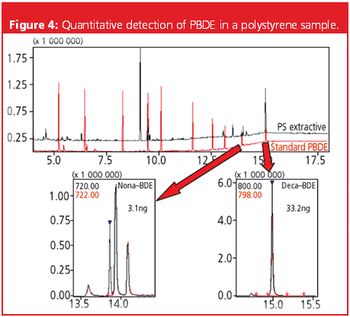
On 13 February 2003 the European Union published the new regulation on electric and electronic waste, (WEEE, Waste Electrical and Electronic Equipment) as well as the restriction of the use of certain hazardous substances in electric and electronic equipment (RoHS). Thus both regulations became effective, and in January 2005 they were transferred into national law. According to RoHS, lead, mercury, cadmium, chromium (VI), polybrominated biphenyls (PBB) and polybrominated diphenylethers (PBDE) are forbidden from July 2006. Shimadzu, one of the leading manufacturers of analytical instrumentation offers the complete hardware and software for the secure identification of hazardous substances as well the know-how and competence.











